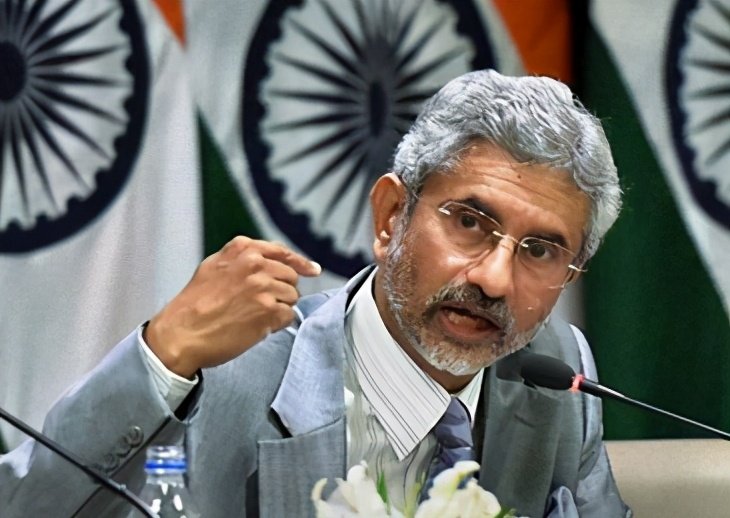Because of religious reasons, cattle have a special status in India. In this South Asian country, not only are festivals closely related to cattle, but cattle have created many strange jobs. Indian people love cattle, and the government is also actively promoting it.
The government has set up a national cattle committee (hereinafter referred to as the “cow committee”) to protect local cattle. In order to strengthen publicity, the Indian government has recently launched a unified national examination of “Cow Science”. It is reported that the first online examination will be held at the end of this month.
Every year on December 12th of the Indian calendar, cattle worship festival is celebrated in Jodhpur, Rajasthan, which has the reputation of “Blue City”; in Kanataka, in the south, cattle worship festival is celebrated. During the harvest festival in Kerala and other places, people painted horns in color, hung wreaths and food, sprinkled holy water around the cows and crawled to salute them.
When following the cow parade, the food dropped by the cow will be robbed as a sacred object. The bull-running festival in Bhopal, the capital of Madhya Pradesh, is even more unusual. After the local people dress up as the cow, they will also put on a wreath and lie on the ground, allowing the “god cow” to step on it. When they are stepped on, they will keep saying their wishes, hoping to get the patronage of the gods. However, this celebration is unanimously opposed by doctors, because every year, believers are trampled to the bone.
India’s caste system divides people into three grades, and cattle also have differences in this country. The most noble thing is a raised Indian tumor cow on its back, and the lighter the fur, the better.
The white cow can enjoy the treatment of “god cow”, can do nothing all day long and enjoy “ox life”. Buffalo belongs to the “low caste” of cattle. In Hindu mythology, buffalo is the embodiment of the devil. In real life, buffalo not only ploughs the field, but also pulls carts for transportation. Buffalo can be slaughtered in India, which is why India has become a big beef exporter, because almost all of them are buffalo.
The treatment of bulls and cows is also different. Generally speaking, bulls do dirty work, and cows are only responsible for wandering around and milk production. Milk is an important source of protein in India, because vegetarians account for a high proportion of the Indian population. They don’t eat meat and rely on milk to supplement nutrition.
Cows represent mothers to some extent. India’s most famous dairy company is called “Mother Dairy”. In the Indian epic Ramayana, when Rama’s wife Siddhar married, the dowry was 1,000 cows. Today, in rural India, cows are still the most valuable gifts and common dowry. Even in Indian mythology, cows are more powerful. Hindus believe that people will cross a river of flames after death. Legend has it that those who raised cattle in their lifetime can cross the river smoothly with the tail of cows.
In addition to ploughing and pulling carts, Indian cattle have the opportunity to do some strange jobs because of their “divine nature”. For example, the calf can be competent for the demolition office. There are many temples in India, and most people also have gods in their homes for statues.
Once it is necessary to move or demolish, no Indian is willing to take the risk of offending the gods to destroy the statue. At this time, the builder will bring a calf to help crush the statue. According to Hindu legend, the incarnation of the god Krishna is a shepherd boy who likes the calf most, so people believe that the statue of the god with the calf will not be blamed by the gods.
In a village called Chika Anasnakri in Kanataka, a bull also became the village head. Whether it is public or private, the villagers will come to ask for instructions, and the “cow village head” will use it to give the right front hoof with a silver ring to give the instructions of “Yes” or “No”. It is said that this “god cow” has ruled the village for nearly 800 years, during which it has undergone 25 reincarnations.
After each reincarnation, the villagers held a ceremony to look for the “god cow”. Believers will hang the money they worship on the horns of the “god cow”, and someone will count the money once a week. According to records, the highest income of the “Niu Village Head” is 1 million rupees per week
Cows are ubiquitous in urban and rural India, and this phenomenon has also created new jobs. In big cities, wandering cattle can bring traffic jams and safety hazards, so the city authorities hired cattle drivers to drive cattle from the main downtown traffic lanes to the suburbs. In the countryside, farmers will also act as cattle expellents, because wandering cattle will break into the field and nibble on the farm. The political attributes of Indian cattle also seem to have improved in recent years.
India’s “Cow Commission” has a fairly high budget, reportedly as many as billions of rupees a year. Recently, officials have also put forward a bill suggesting that whoever wants to run for parliament must raise cattle. Raising cattle can actually help you in the election. I’m afraid this is also a unique phenomenon in India.



